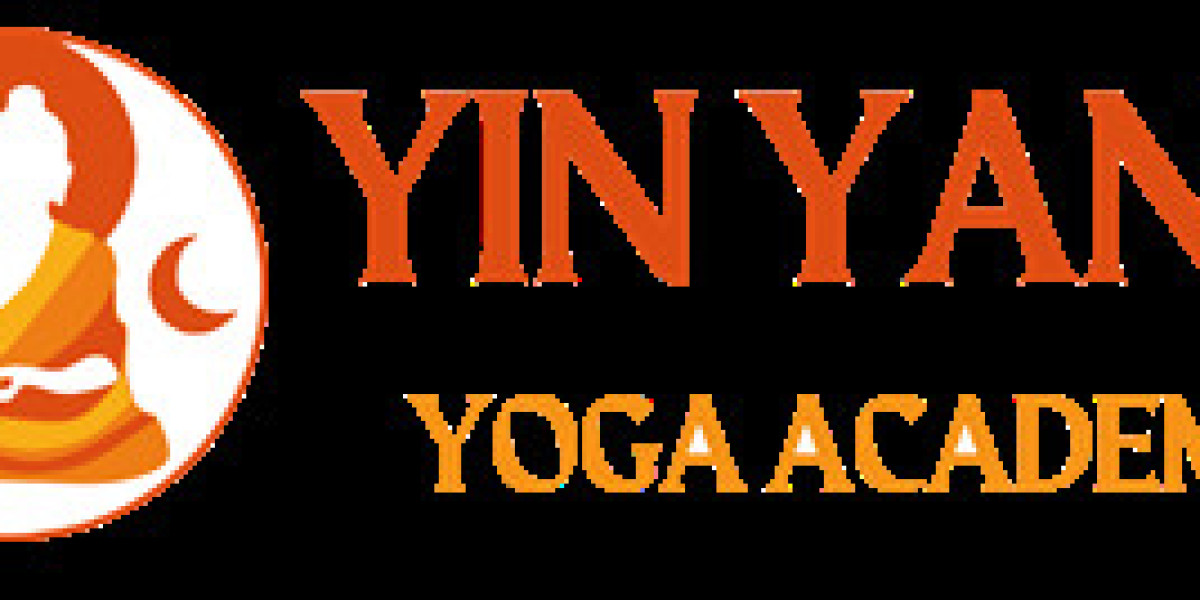In today’s fast-paced world, many of us live disconnected from our bodies—rushing through workouts, sitting for long hours, and ignoring signs of tension until discomfort becomes pain. That’s where somatic stretches for beginners come in. Unlike traditional stretching routines that often focus solely on flexibility or performance, somatic stretching is a gentle, mindful approach that helps you become more aware of how your body moves and feels.
What Are Somatic Stretches?
Somatic stretching originates from the field of somatics, a movement practice rooted in neuromuscular awareness. The term "somatic" comes from the Greek word soma, meaning “the living body as experienced from within.” Instead of forcing your body into a stretch, somatic exercises involve slow, conscious movements that re-educate the nervous system. These movements help release chronic muscular tension, improve posture, and promote relaxation.
Benefits of Somatic Stretches for Beginners
For those just starting out, somatic stretches offer a safe and accessible way to ease into movement without overwhelming the body. Some of the key benefits include:
Improved body awareness: Learn to feel and correct your own movement patterns.
Reduced muscle tension: Release habitual tightness caused by stress or repetitive movements.
Enhanced mobility: Increase your range of motion gently, without strain.
Stress relief: The slow, rhythmic nature of the practice can help calm the nervous system.
Better posture: Reconnect with natural alignment and balance.
How Somatic Stretches Differ From Traditional Stretching
Traditional static stretching often targets specific muscles and requires holding positions for extended periods. In contrast, somatic stretches for beginners are about sensing and feeling the movement from within. Movements are typically small, subtle, and repeated a few times to retrain the brain-body connection. The goal isn’t to push further, but to move more efficiently and freely.
Sample Somatic Stretches for Beginners
Here are three simple somatic movements you can try at home. All you need is a quiet space and a yoga mat or soft surface.
1. Pelvic Tilts
Lie on your back with knees bent and feet flat on the floor.
Gently tilt your pelvis forward and backward, feeling the lower back arch slightly and then flatten against the floor.
Move slowly and mindfully, breathing naturally.
Repeat for 5–10 slow reps.
2. Shoulder Rolls (Lying Down)
Stay on your back with arms resting by your sides.
Slowly roll your shoulders up toward your ears and then down toward the mat, noticing any tension.
Make small, controlled movements and reverse direction after a few reps.
3. Cat-Cow (Somatic Style)
Begin on all fours in a tabletop position.
Inhale slowly as you arch your back and lift your head and tailbone (cow pose).
Exhale as you round your spine, tucking your chin and pelvis (cat pose).
Instead of moving rhythmically, pause between each movement to sense how your body responds.
Tips for Getting Started
Start small: Even 10 minutes a day of somatic stretching can make a difference.
Be patient: This is not a “no pain, no gain” practice. Trust the process.
Stay consistent: Repetition helps your nervous system learn new patterns.
Focus on sensation: Pay attention to how each movement feels, not how it looks.
Final Thoughts
Whether you're recovering from injury, dealing with chronic pain, or simply looking for a more mindful way to move, somatic stretches for beginners provide a foundation for healing and self-awareness. This practice invites you to slow down, listen to your body, and rediscover the natural ease of movement that many of us have lost over time.







